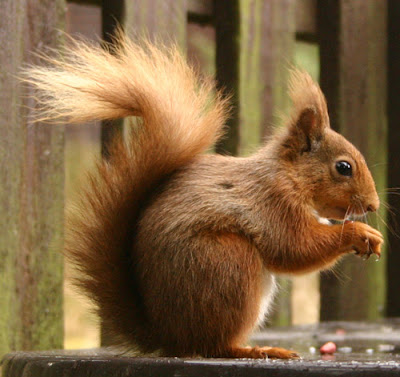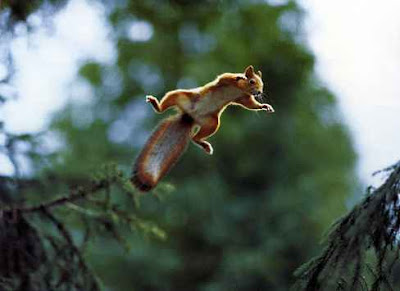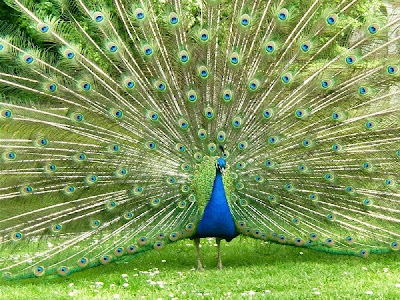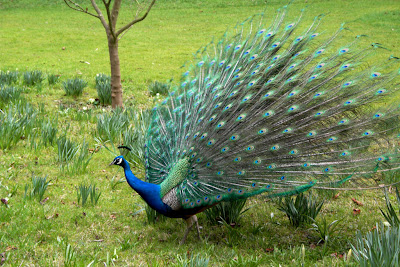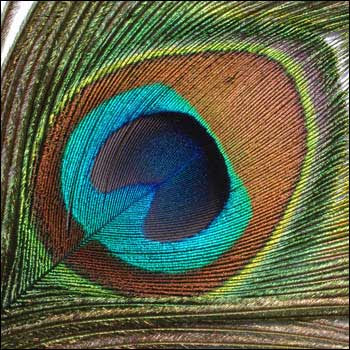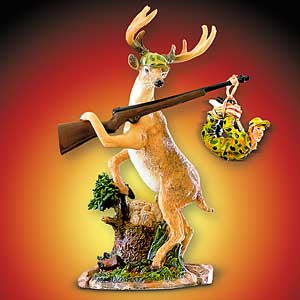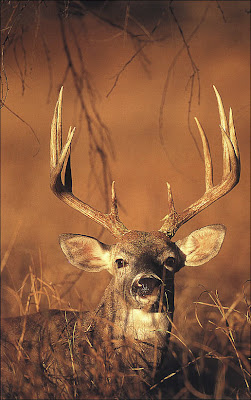Cat Food and Nutritional Requirements of Cats
Cats' nutritional needs are very specific and the nutritional quality of cat food is one of the most important factors in cats' health and longevity. These resources will help you learn all you need to know about cat food labels, cat food ingredients, and the nutritional needs of cats.

Dry cat food can also contribute or be directly related to certain health conditions:
- Feline Diabetes
Elizabeth Hodgkins, DVM, does not mince words about the connection between dry cat food and feline diabetes. On her web site at www.yourdiabeticcat.com, she states, "Without the constant feeding of highly processed, high carbohydrate dry foods, better suited to cattle than cats, adult-onset feline diabetes would be a rare disease, if it occured at all." - IBD (Inflammatory Bowel Disease)
Dr. Lisa Pierson, DVM, states, "Too often these cats are treated with a high level of steroids and a so-called 'prescription' DRY diet. I feel very strongly that this common therapeutic regimen needs to be re-evaluated. There are an impressive number of anecdotal reports of cats that were terribly ill with IBD exhibiting dramatic improvement when ALL dry food was removed from their diet." - CRF (Chronic Renal Failure)
Dr. Lisa Pierson, DVM, states, "It is troubling to think about the role that chronic dehydration plays in feline kidney failure. And remember, cats are chronically dehydrated when they are on a diet of predominantly dry food." - Urinary crystals and cystitus
The chances of bladder crystals or bladder inflammation are greatly reduced with a canned or raw food diet, which both give the essential hydration needed for a healthy urinary tract. - Diarrhea
Diarrhea and other allergy-related conditions are often caused by corn or wheat fillers in dry cat food. After eliminating other potential medical causes, switching to canned or raw food can make the diarrhea go away almost overnight. - Dehydration
Cats on canned food diets or raw food get sufficient water in their food. Cats on dry food alone must be given plenty of water, especially during hot summer months.
Isn't Raw Food Better?
In a word, yes, if you can feed your cat a nutritously-prepared raw food diet, such as one of these:
However, if time constraints or expenses prevent you from embracing a raw food diet for your cats, canned food is by far the second-best choice.
Certainly, raw food is exactly what cats eat in the wild, by necessity. Dr. Pottenger did a study in the mid 20th century, which resulted in evidence that a cooked meat diet caused physical deterioration in cats and their offspring, over a period of time. (Some contemporary experts have questioned whether it was the lack of taurine, rather than the cooking, that caused the nutrional deficiencies Pottenger cited.)
While many feline nutrition experts recommend a raw meat diet for cats, this isn't always workable for some cat caregivers. Other experts recommend canned food only, with dry food reserved as "treats," to be doled out two or three kibbles at a time.
A Word About Dental Care
The old axiom was that "canned food can cause dental disease in cats." The reality of the situation is that fancy kibble shapes aside, food is not a dentifrice. All cats require a regular dental program of brushing, rinsing, along with regular veterinary dental exams and professional cleaning, if required.
I would encourage a raw diet as a long or short term goal, and striving for an all - or mostly - canned cat food in the interim. My own cats have historically eaten a dry diet, but of the "new generation" three of my present four cats, are now eating canned food exclusively. My rescued stray, Jenny, knows only dry food and has been resistant to converting to canned, but I'm still working with her toward that goal.
It's important to note that I feed only premium foods to my cats, both dry and canned. I never purchase a new brand without reading the label thoroughly. They also get a variety of brands and flavors of foods. As I mentioned earlier, no one wants to eat french fries every day.
Then, some day, we'll see about a raw food diet.
 The White-bellied Green-pigeon feeding on fruit
The White-bellied Green-pigeon feeding on fruit Pied Imperial Pigeon, Ducula bicolor
Pied Imperial Pigeon, Ducula bicolor The unusual Nicobar Pigeon, Caloenas nicobarica
The unusual Nicobar Pigeon, Caloenas nicobarica The Zebra Dove has been widely introduced around the world.
The Zebra Dove has been widely introduced around the world..jpg) A Fantail pigeon
A Fantail pigeon Emerald Dove, Chalcophaps indica, native to tropical southern Asia and Australia
Emerald Dove, Chalcophaps indica, native to tropical southern Asia and Australia Ruddy Ground Dove
Ruddy Ground Dove The Common Ground Dove is among the smallest species in the family.
The Common Ground Dove is among the smallest species in the family. Luzon Bleeding-heart Pigeon Gallicolumba crinigera, native to the Philippines
Luzon Bleeding-heart Pigeon Gallicolumba crinigera, native to the Philippines


